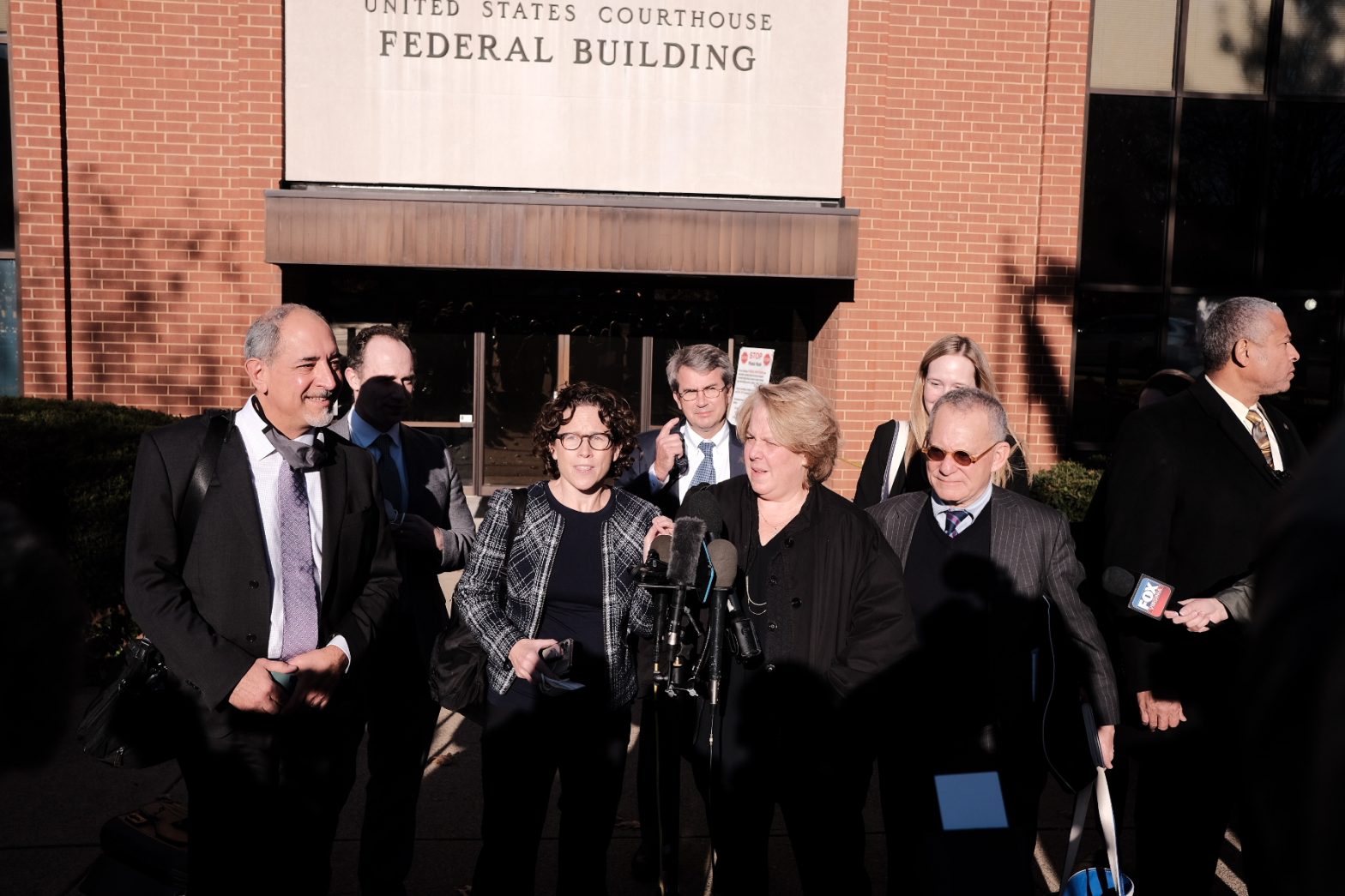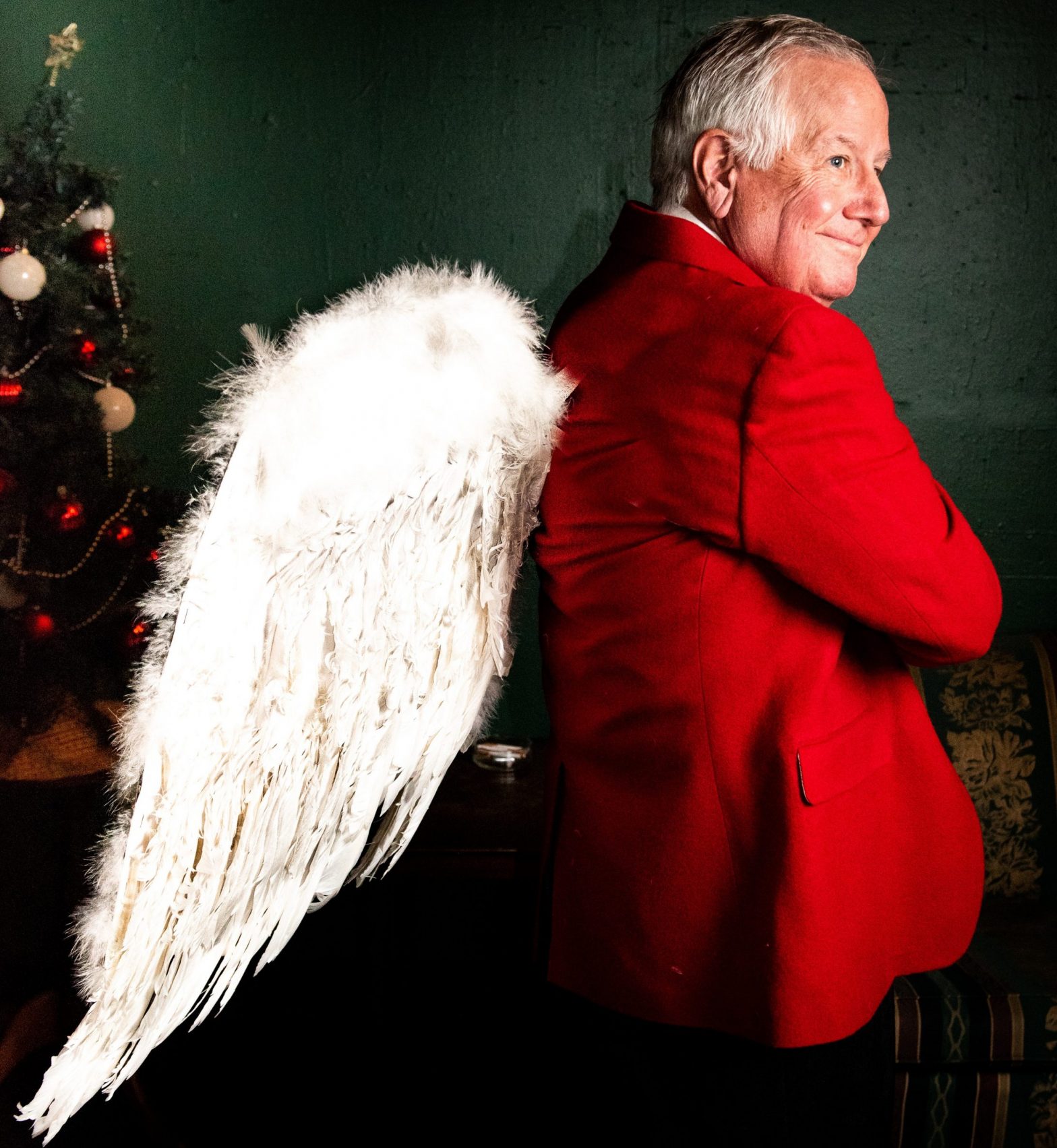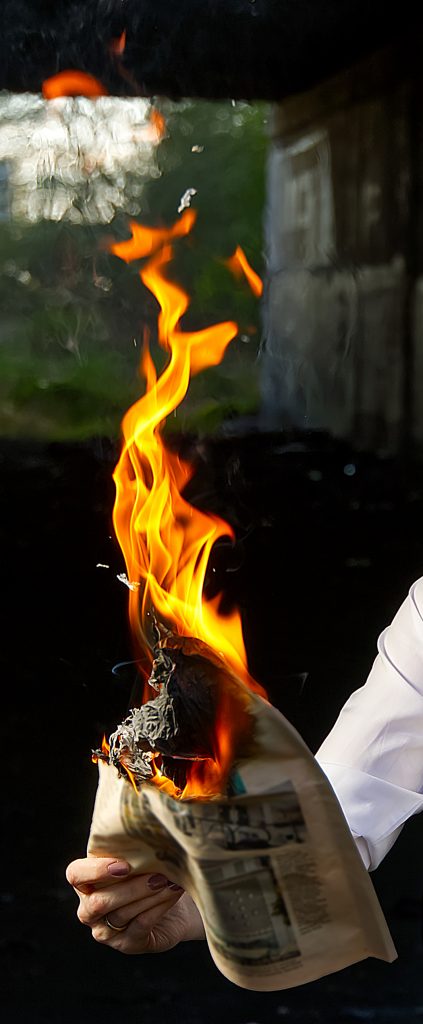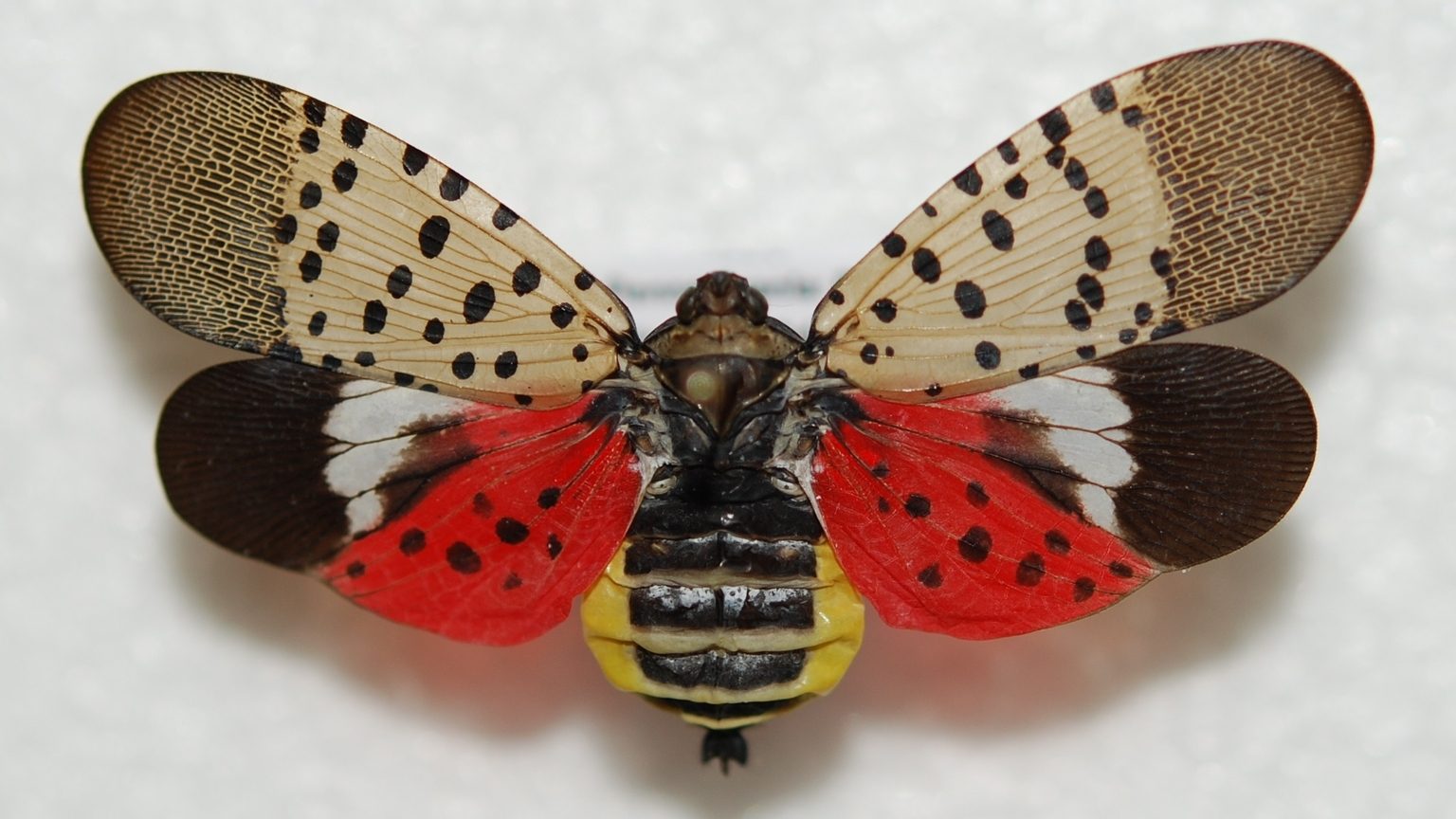By Courteney Stuart and Lisa Provence
After nearly three days of deliberations, the jury in Sines v. Kessler found that the white nationalists accused of conspiring to commit racially motivated violence at the Unite the Right rally are liable for $26 million in damages.
Despite the high-dollar award, the plaintiffs were deprived of complete victory after the jury deadlocked on the first two claims in the suit, both of which alleged conspiracy to commit racially motivated violence in violation of a federal law known as the Ku Klux Klan Act of 1871. The jury did find the defendants liable for conspiracy under Virginia law.
Following the verdict, attorneys for both sides claimed victory.
“Our goal was to come here and to prove a conspiracy to do racially motivated violence, as to each and every defendant, and to get damages awarded, compensatory and punitive, and we did all those things,” said plaintiffs’ attorney Karen Dunn, who delivered the bulk of the plaintiffs’ closing argument November 19.
Dunn emphasized that the jury ruled in the plaintiffs’ favor on the third claim in the case, conspiracy to commit racially motivated violence in violation of Virginia state law. For that claim, the jury awarded $11 million in punitive damages. Each of the 12 individual defendants are on the hook for $500,000, and each of the five white nationalist groups named in the suit owe $1 million.
“Those numbers were eye opening,” plaintiffs’ lead counsel Roberta Kaplan added.
James Fields, who drove his car into a crowd of counterprotesters on August 12, 2017, was found liable for $12.5 million in punitive damages—$6 million each for claims of assault and battery and for intentional infliction of emotional distress.
The nine plaintiffs were awarded a total of $1.5 million in compensatory damages. Those ranged from over $622,000 to Natalie Romero, who was injured in James Fields’ car attack on August 12, to zero for the Reverend Seth Wispelwey.
Attorney Josh Smith, the self-described “pro-white advocate” representing defendants Matthew Parrott, Matthew Heimbach, and the Traditionalist Worker Party, spun the partial verdict as a loss for the plaintiffs.
“I think they expected to waltz through and get everything they wanted and more, and that they were going to humiliate their political opponents. I think it actually worked quite the opposite,” said Smith, who was interrupted at times by protesters calling him out as a Holocaust denier and demanding he leave Charlottesville.
“I think that at the end, they lost to a few pro se defendants, some solo practitioners,” said Smith. “I think they underestimated their opponents big time.”
Kaplan denied any loss.
“They weren’t able to reach a verdict on the claim before the Thanksgiving holiday,” she said of the jury, promising that the plaintiffs plan to pursue a verdict on the two deadlocked claims.
Attorney James Kolenich, who represented defendants Jason Kessler, Nathan Damigo, and Identity Evropa, showed less bluster in his post-trial statements than Smith.
“We’re disappointed in the verdict,” Kolenich said. “We think that some of our arguments weren’t considered entirely…however the jury did put in hard work. We respect the verdict and there’s hard work to be done.”
The defendants had argued that their speech was protected by the First Amendment and that they had acted in self-defense.
Kolenich and Smith both said they will file motions to reduce the damages awarded and suggested plaintiffs will have a hard time collecting any money at all.
“The defendants in the case are destitute,” said Smith. That might mean the plaintiffs won’t see any award money.
The trial forced traumatized victims to relive their suffering and endure direct questioning from pro se defendants Christopher Cantwell and Richard Spencer.
Plaintiff Natalie Romero, a UVA student in 2017, was at both the Thomas Jefferson statue after the tiki-torch march through UVA Grounds and on Fourth Street when Fields drove through a crowd of counterprotesters, fracturing her skull and scarring her face.
Her friend and fellow UVA student Devin Willis thought he was going to be burned alive at the Jefferson statue on August 11.
“I hear it in my nightmares,” Romero said during the trial. “I literally hear the same cadence to the ‘You will not replace us.’ That one was just so terrifying.”
Romero and Willis were each awarded $250,000 in compensatory damages for racial intimidation at the August 11 tiki torch march. Romero was also awarded over $370,000 for assault and battery and emotional distress.
Plaintiffs Marcus Martin and then-fiancée Marissa Blair joined a celebratory group of counterprotesters with Blair’s friend Heather Heyer. Martin was struck by Fields’ car, and testified that the attack left lasting physical injuries—and cost him his marriage to Blair.
Martin was awarded nearly $260,000 in compensatory damages, and Blair was awarded $102,000. Fields also struck Baker and Chelsea Alvarado, leaving them with ongoing physical and psychological scars.
Plaintiffs Elizabeth Sines and April Muniz were each awarded $50,000 for intentional infliction of emotional distress; Muniz was awarded an additional $108,000 in compensatory damages for assault and battery.
Twelve individual defendants were found liable for a minimum of $500,000 in punitive damages: organizer Kessler, former alt-right leader Spencer, Cantwell, Heimbach, and Parrott, League of the South leaders Michael Hill and Michael Tubbs, former National Socialist Movement leader Jeff Schoep, Identity Evropa’s Damigo and Elliott Kline, Daily Stormer’s Robert “Azzmador” Ray, and car attack driver Fields. Five organizations were found liable for $1 million each: Vanguard America, Traditionalist Worker Party, LOS, Identity Evropa, and National Socialist Party.
Fields was represented by an attorney for his insurance company. He’s serving multiple life sentences for driving his Dodge Challenger into a crowd of counterprotesters, killing Heyer and injuring dozens. Four of the plaintiffs in Sines v. Kessler were struck by his car.
The lengthy trial pitted a prestigious pro bono legal team led by Dunn and Kaplan, who represented Edie Windsor in the landmark case that struck down laws against gay marriage, against a patchwork of lower-profile attorneys and pro se defendants. Nonprofit Integrity First for America supported the plaintiffs’ precedent-setting suit, and has said it wants to bankrupt the defendants and show that hate doesn’t pay.
Defendants Spencer and Cantwell represented themselves in court. Spencer called the suit “financially crippling.” Cantwell’s former attorneys asked to be released from representing him after he threatened Kaplan. Cantwell is currently serving 41 months in prison for unrelated threats and extortion charges, and he pleaded guilty to two counts of assault at the Thomas Jefferson statue after the tiki-torch march through UVA.
The “Radical Agenda” podcaster made his pro se representation into a performance that seemed more geared to his followers than to convincing the jury he didn’t conspire to commit violent acts. He used the n-word at least three times in front of the jury, and clips of his show were laden with racist, profanity-laden calls to violence.
In a Vice documentary of the Unite the Right weekend, where Cantwell earned the “crying Nazi” moniker after he learned an arrest warrant had been issued, he showed off the arsenal of firearms he brought to Charlottesville.
In stark contrast to his previous loud behavior and remarks during proceedings, Cantwell remained quiet as he was escorted out of the courtroom in handcuffs to go back to jail.
The complaint was filed in October 2017, and originally was scheduled for trial in 2019, but has been delayed because some defendants flouted orders to produce evidence. A judge has granted default judgments against seven defendants, including Andrew Anglin, the neo-Nazi founder of The Daily Stormer. An arrest warrant has been issued for his colleague Ray, who has blown off every court order and didn’t show up for the trial.
Also earning default judgments are the Nationalist Front; the East Coast Knights of the Ku Klux Klan; the Fraternal Order of the Alt-Knights; the military arm of the Proud Boys; FOAK leader Augustus Invictus; and the Loyal White Knights of the KKK, who protested in Charlottesville in July 2017.
Before dismissing the jury from the trial that lasted over four weeks, federal Judge Norman Moon thanked them for their service and said, “There aren’t any jurors in the Western District of Virginia who have endured a case as long as you have.”













